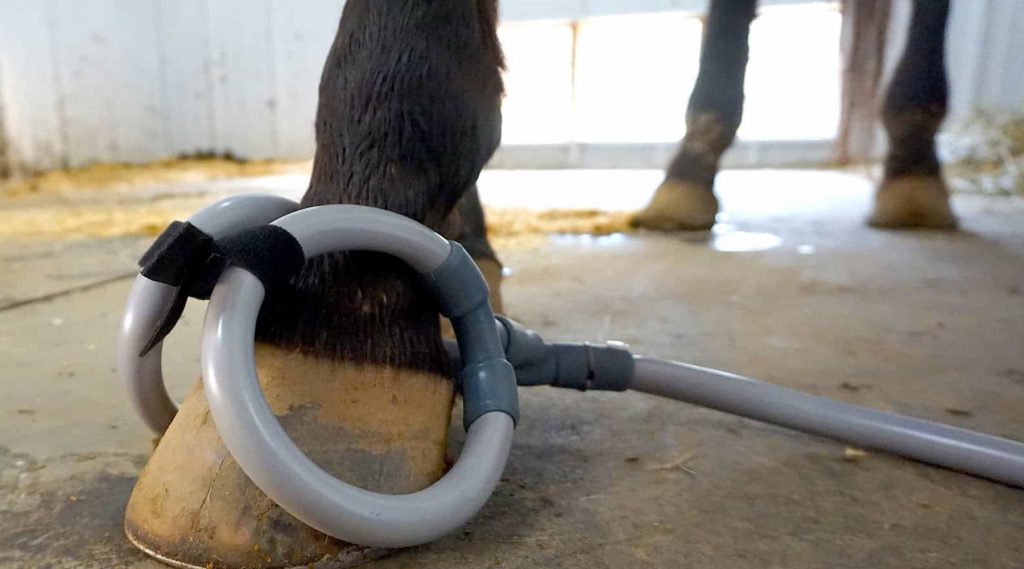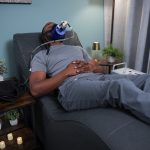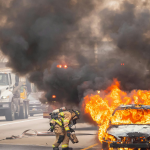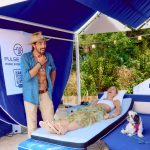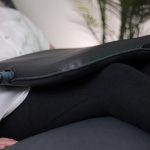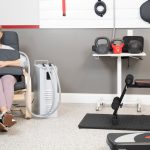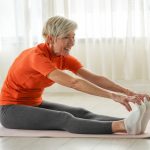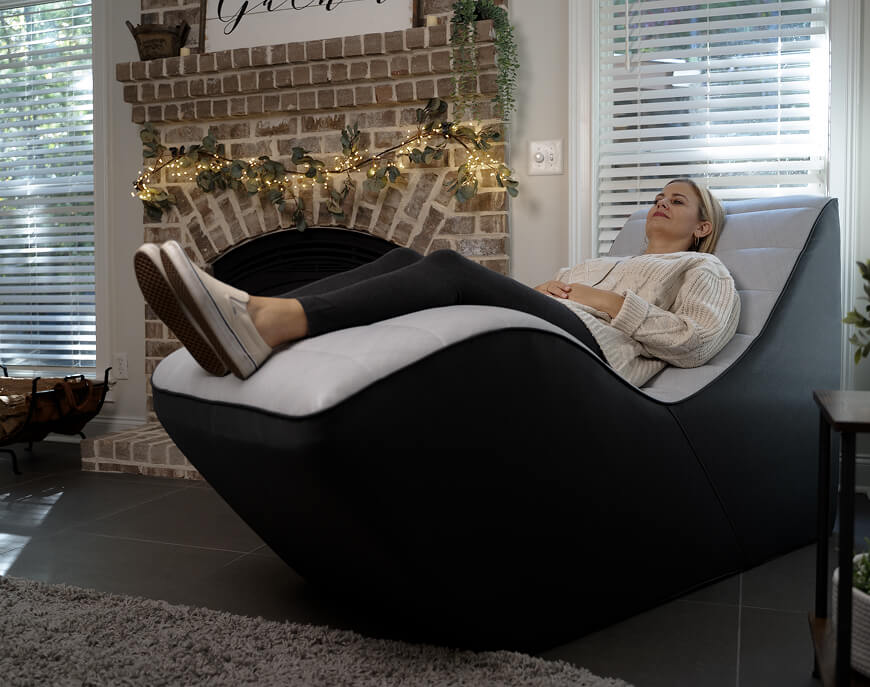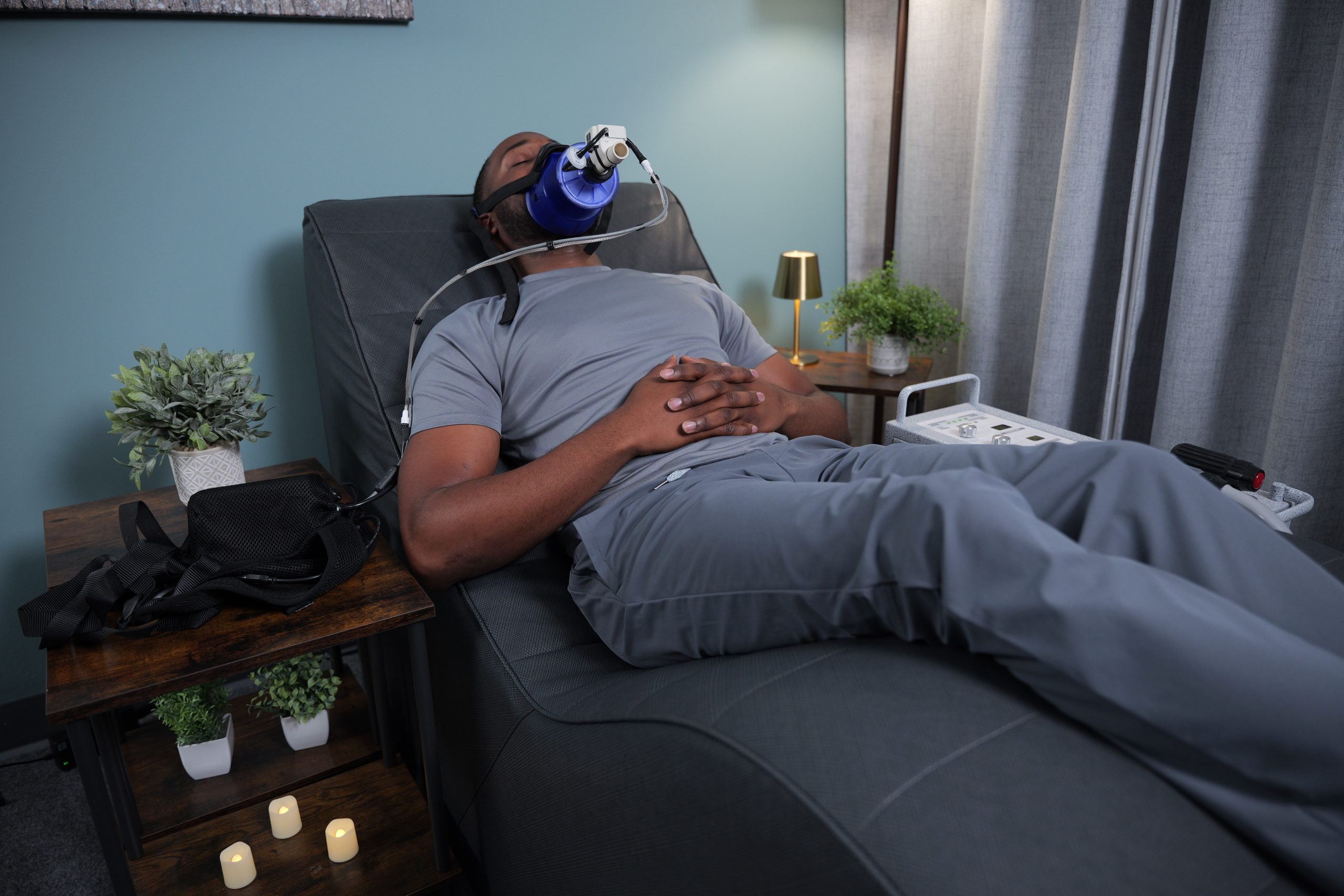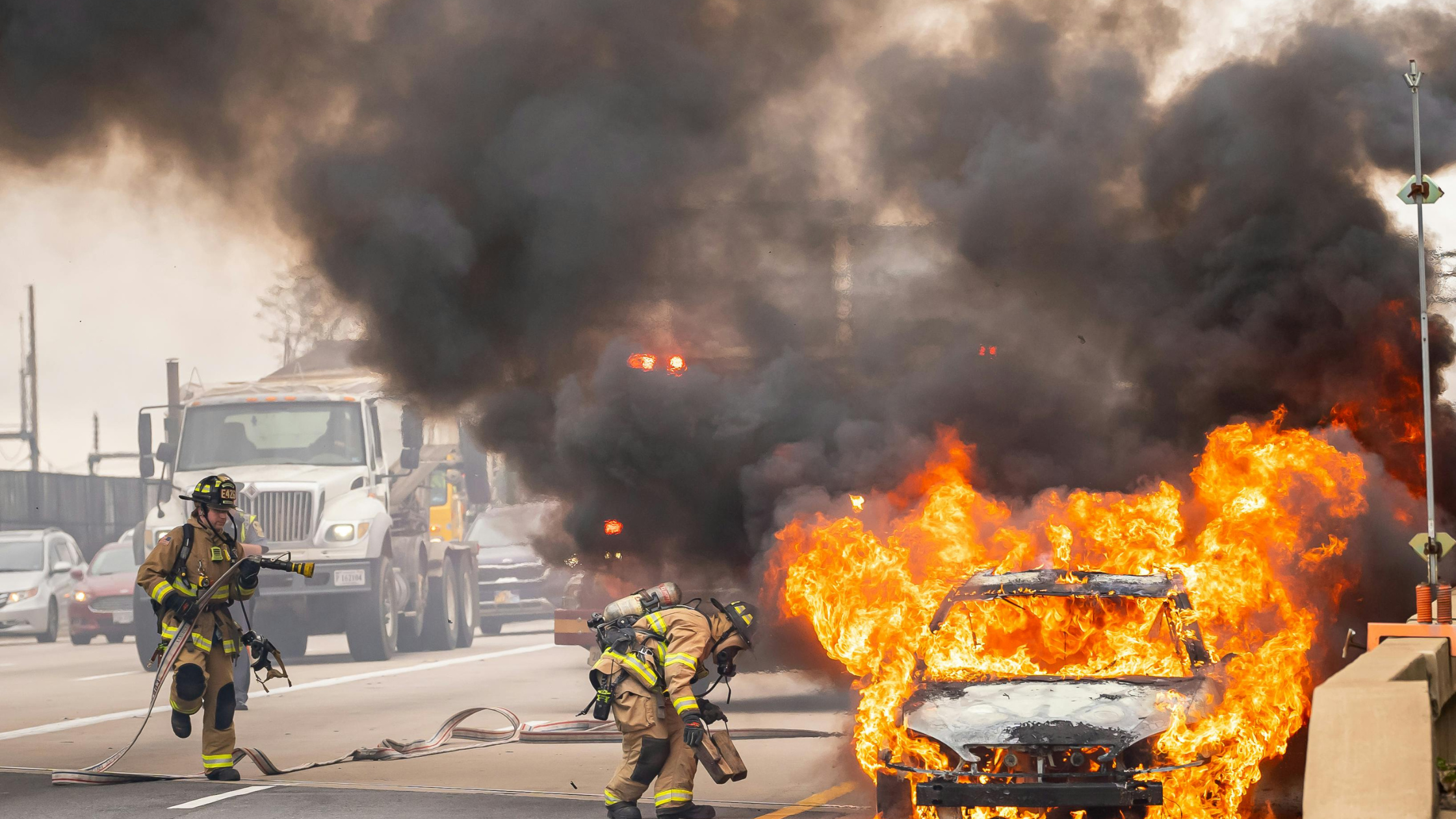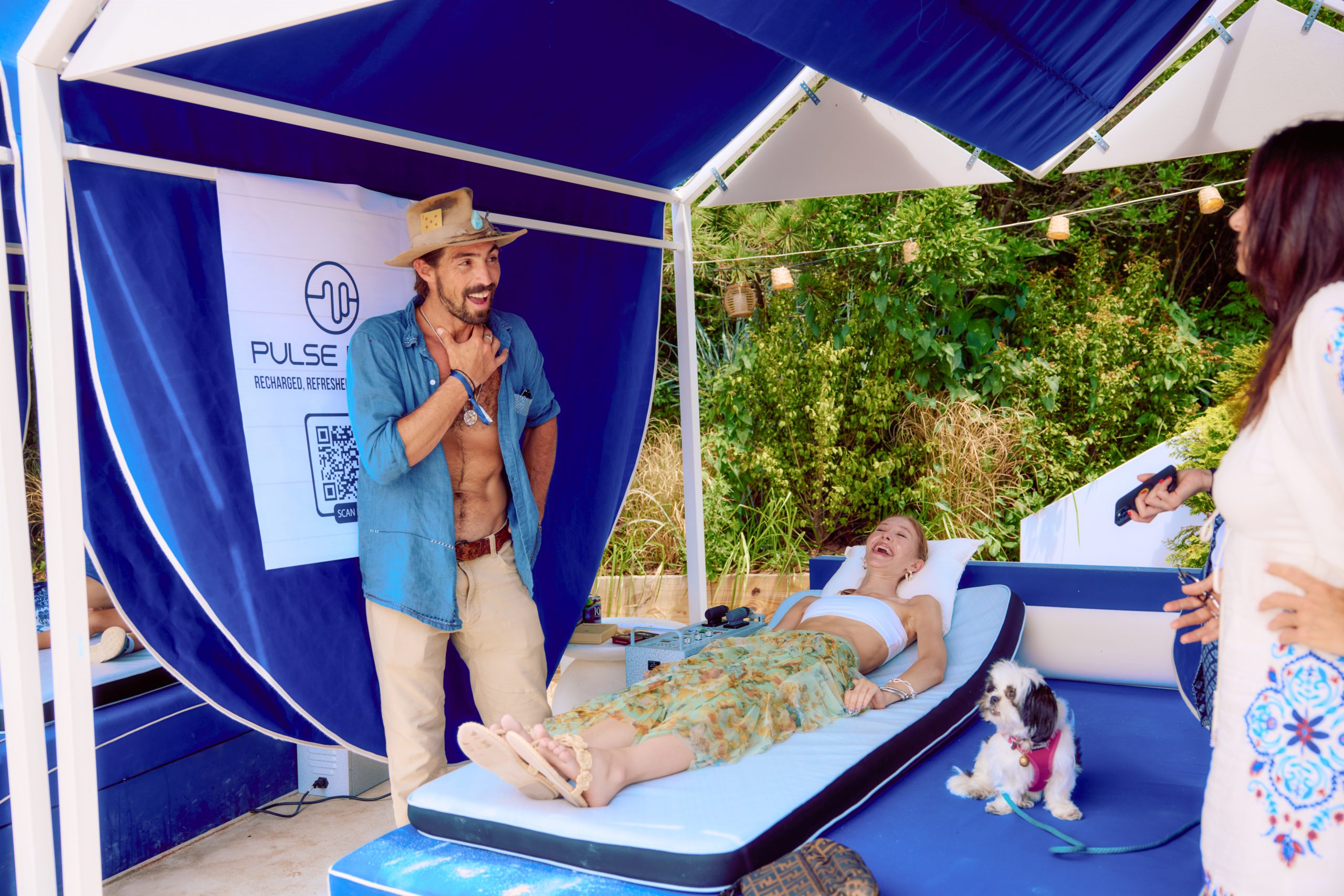No Hoof, No Horse.
We have all heard the saying, “No Hoof, No Horse.” This statement speaks to the importance of a solid hoof health regimen. From proper nutrition to a quality farrier, hoof health is a lot to keep track of! If a problem arises in the hoof, chances are it will manifest in the shoulder or hind end. These moving problems could ultimately lead to muscle pain from having to compensate for residual soreness.
Whether you are dealing with injury, edema, or just looking for general wellness, it’s best to make sure all the parts are working properly to begin with. Check all of your hoof structures to the best of your ability and note any changes or questionable areas. Arguably the most important structure in the hoof, externally AND internally, is the frog.
The frog has many great and important features;
- Shock absorption
- Traction
- Spacial awareness
- Circulation in the lower limb
Some people think the frog is attached to the bottom of the hoof but doesn’t come into contact with the ground because of the hoof wall. In reality, you want the frog to touch the ground. When the hoof strikes the ground, the shock is transferred partially onto the hoof wall, sole of the hoof and the frog. The frog has less rigidity than the wall or sole, which will soften the blow and help transfer the energy through the internal workings of the hoof stacked directly above it. Also, when the frog has contact with the ground, it provides additional traction as its bumps and ridges grab onto different terrain and allow the horse better stability.
The frog is what we see externally, but it affects so much of the inside of the hoof structure. There is the digital cushion, which is a pad made of fibrous cartilage tissues. It cradles the plantar (rear) side of the coffin bone, short pastern bone, and the navicular bones. It also wraps to the distal (under) side of the coffin and navicular bones. When pressure is applied to the frog, it pushes up into the digital cushion.
In between and on either side of this structure, there are veins that get squeezed when the frog is compressed. Veins can only flow one way and they have valves, so to speak, that keep the blood from flowing backward down the leg. Every time the horse moves, the blood is pushed through the vein and then holds when that pressure is released. The frog acts as many things but being a secondary “heart” is one of its more important functions.
PEMF Support
So, what can PEMF do to support hoof health?
The frog has a huge role in the circulation of the hoof and lower limb. Without there being any soft tissue, and with the issue of gravity, it can be difficult to get proper blood flow to and from the lower leg. Recent studies have shown that PEMF improved blood flow, enhanced oxygen consumption, boosted nutrient absorption and promoted healing.[7],[12] Achieving this in horses could assist with issues like stocking up, abscesses, tendon repair, and injuries.
The best way to use your Pulse Machine for the limbs is to trace the pathways. By starting in the shoulder or hip muscles, you are supporting the body’s core systems first and foremost, and then offering support to the systems that interconnect to the limbs. Work your way down the limb, focusing on major joints or muscle mass. While PEMF doesn’t treat or diagnose any illnesses, disease, or pain, it may support the body’s natural healing abilities.[1],[2]
As it turns out, the soul of the hoof isn’t the sole at all! We hope these nuggets of information will provide some insight into all things “hooves and hearts” as you support your horses with the power of PEMF.
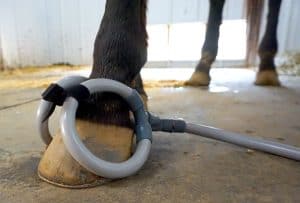
Note About the Author: Paige Chamerlik has spent the majority of her life on or around horses. She obtained her Bachelor’s of Science in Agriculture focusing in Equine Science from Murray State University. She partook in the collegiate equestrian team and acted on the boards of several local and national equine organizations. She has accumulated 10-years of teaching experience through riding classes and equine science classes through both Murray State and other organizations such as the Boy Scouts of America. Her passion for equine science and wellness transmits into her continued studies of equine biomechanics and has served her through breaking and training across multiple disciplines along with managing several custom care boarding facilities. Paige continues to pursue her love of studying and teaching through her roll in our customer training program.
[1,2,7,12] To locate the citations referenced here, visit info.pulsepemf.com/research.

